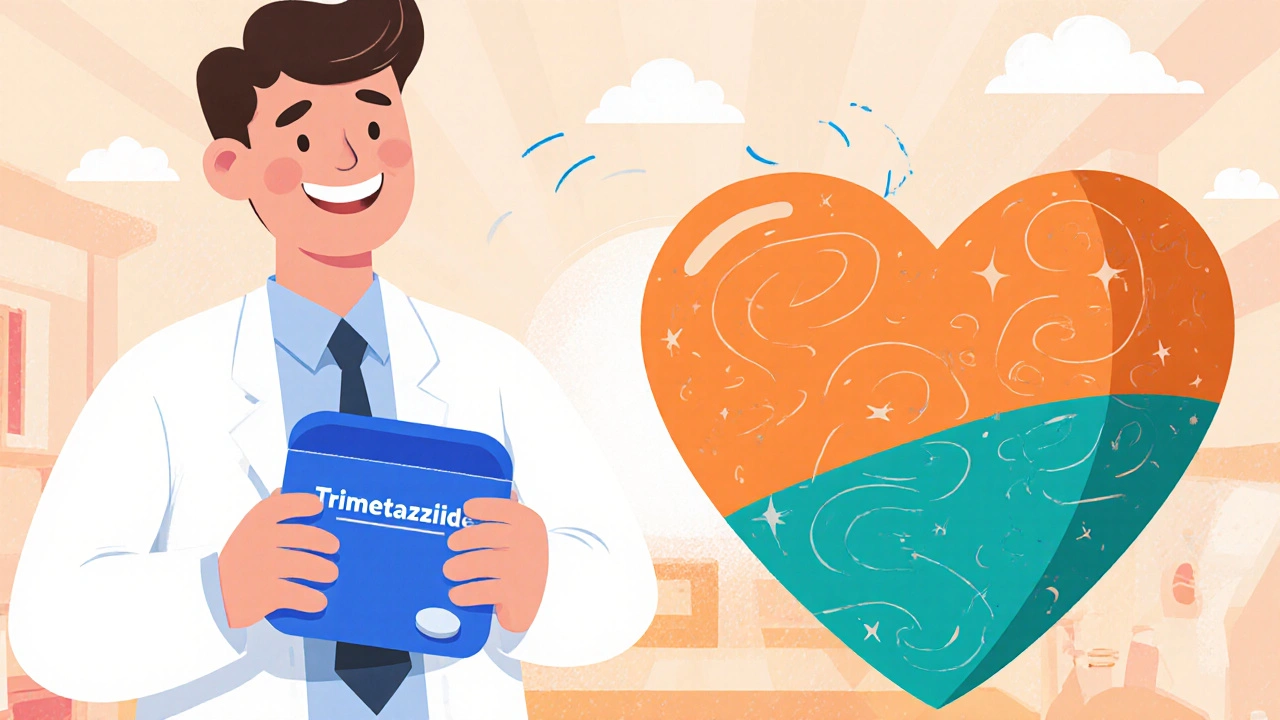Anti‑Anginal Therapy: What You Need to Know
When dealing with anti‑anginal therapy, a set of medications and lifestyle strategies aimed at relieving chest pain caused by reduced blood flow to the heart. Also known as anti‑ischemic treatment, it targets the heart’s oxygen demand and supply balance.
One of the core drug families in this space is beta‑blockers, agents that slow the heart rate and lower blood pressure, reducing the heart’s workload. Another pillar is calcium channel blockers, medications that relax coronary vessels and improve blood flow. Nitrates, like nitroglycerin, quickly dilate blood vessels to ease chest pain during an episode round out the classic trio, and newer agents such as ranolazine add a different mechanism by improving myocardial metabolism.
How Blood Pressure, Gout and Lifestyle Fit In
Effective anti‑anginal therapy isn’t just about the pills you take; it also hinges on controlling blood pressure. Combination drugs such as valsartan‑hydrochlorothiazide, a blood‑pressure combo that can also raise uric‑acid levels, are common in many heart‑patient regimens. When uric acid climbs, the risk of gout spikes, and gout flares can increase systemic inflammation, which in turn stresses the heart. Supplementing with vitamin C, cherry extract or omega‑3s can help keep uric acid in check, supporting the overall anti‑ischemic plan.
Natural heart boosters also play a role. Extracts from Arjuna bark, an Ayurvedic herb shown to improve cardiac function and reduce oxidative stress are often paired with conventional meds to enhance tolerance and recovery. Coupled with a diet low in refined carbs, moderate in healthy fats, and rich in leafy greens, these supplements help maintain stable blood lipids and reduce the need for dose escalation.
Weight management is another piece of the puzzle. Even modest weight loss can lower the heart’s oxygen demand, making beta‑blockers and calcium channel blockers work more efficiently. While prescription weight‑loss drugs like GLP‑1 agonists aren’t a direct part of anti‑anginal therapy, they can be a useful adjunct for patients with obesity‑related heart strain. The same applies to lifestyle tweaks—regular, moderate‑intensity exercise improves endothelial function, and avoiding triggers such as heavy meals or extreme temperatures helps prevent angina episodes.
Choosing the right anti‑anginal regimen is a balancing act. You’ll want to consider the speed of symptom relief (nitrates work fast, beta‑blockers are slower but longer‑lasting), side‑effect profiles (e.g., beta‑blockers can cause fatigue, calcium channel blockers may lead to swelling), cost, and any co‑existing conditions like hypertension, gout, or diabetes. Our collection of articles below walks you through real‑world comparisons, dosage tips, and patient‑focused stories that illustrate how to tailor therapy to individual needs.
Ready to dive deeper? Below you’ll find a curated set of guides, drug comparisons and practical advice that will help you fine‑tune your anti‑anginal plan and stay ahead of chest‑pain challenges.
A clear, up‑to‑date guide on trimetazidine, its heart‑protective mechanisms, clinical evidence, safety, dosing, and who should consider it for heart disease prevention.

